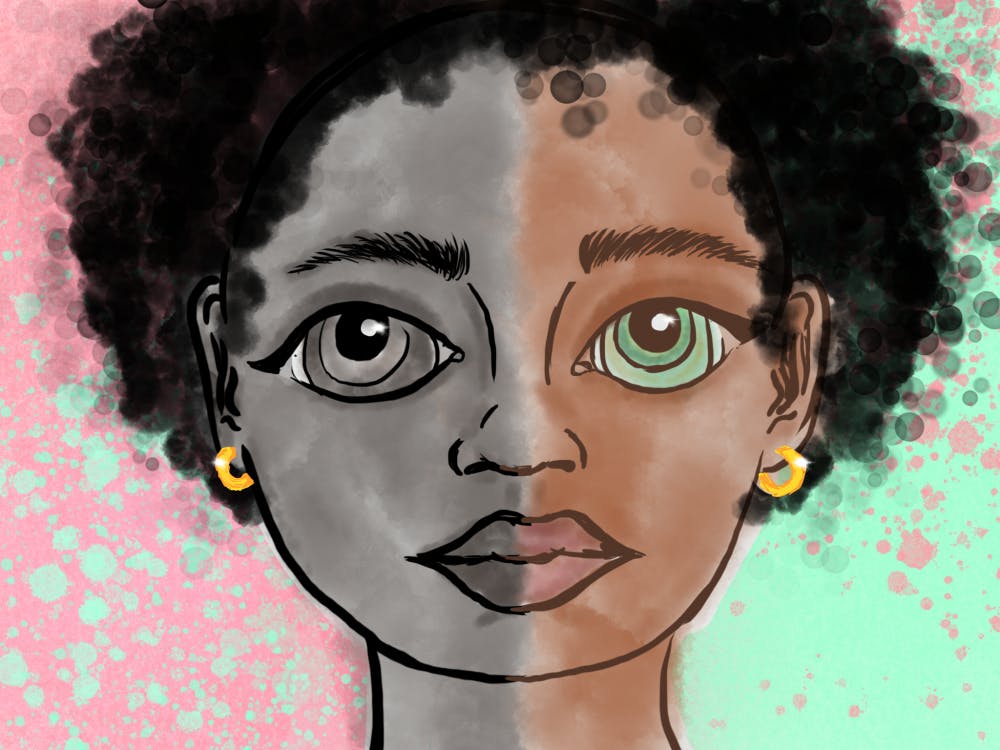Elizabeth Cady Stanton testified before the United States Congress 150 years ago Sunday, making her the first woman in the nation’s history to do so. Stanton was an activist, known for her leading role in the American women’s suffrage movement.
Just two years ago Monday, the day after Donald Trump’s inauguration, people of all genders took to the streets in Washington, D.C., across the nation and worldwide. They participated in the Women’s March, which became the biggest single-day protest in U.S. history with over 3.2 million protesters.
Progress has undoubtedly been made in the past 150 years. Legally, women are afforded the right to vote. They’re less trapped inside the domestic sphere, now working outside the home in jobs across America. A record 131 women are serving in Congress.
But while progress is good, that’s not the point. The end goal is total equality. There’s a lot of work left to be done.
Women still make significantly less money than men on average. The Institute for Women’s Policy Research found that in 2017 white women made 77 percent of what white men made, while black women made 60.8 percent, and Latina women made 53 percent. these numbers are all decreases from 2016.
Furthermore, women’s record representation in Congress is still less than 25 percent.
Defeatist rhetoric runs rampant in discussions of feminism and women’s rights. Women take two steps forward and one step back, yet it is talked about as if that is supposed to be enough. The rhetoric is often that they should be grateful, because mathematically speaking, women are better off than before.
How much is being done now?
The women’s rights movement has been gentrified, whitewashed and sold back to Americans as a product. Tote bags and T-shirts available on every corner boast America’s hottest brand name, “ feminism,” despite the fact that most of these goods were made by disenfranchised women on the other side of the world.
As the Women’s March has recurred in 2018 and 2019, it has become the hottest Instagram opportunity of the year for those trying to cultivate their activist brand. Attending the D.C. or local marches proves status and dedication to the cause.
While these participants likely enjoy their time at the march and have every right to share their experiences on social media, their dedication to the cause is questionable. Some may well have been entirely unaware of the controversy surrounding the march.
The march has faced criticism regarding a lack of intersectionality and accessibility. This year, its leadership faced allegations of anti-Semitism.
Just as Stanton prioritized white middle-class women a century and a half ago, so does today’s feminism. Women of color, trans women and women with disabilities are so often neglected by the mainstream trendy version of the feminist movement.
Luckily, there are inclusionary activists working hard every day for advancement. Many of today’s most passionate feminists are young people, struggling to work enough to make ends meet, come home and make themselves dinner. Making time for large-scale activism is a luxury not many can afford.
Small-scale activism is a real possibility for many, though. It doesn’t take organizing a record-breaking, worldwide protest. Grassroots local activism is imperative.
Organize within your community. Sign a petition. Have a respectful conversation to convince someone who doesn’t agree with you. Keep the intersectionality that is so often forgotten in mind.
People often think that feminism will somehow embody anti-discrimination in all respects, but that has historically not been the case.
The spotlight has been on this like never before. The feminist movement has an opportunity to include women of color, trans women and women with disabilities in its activism moving forward. It’s up to us to seize the chance.




